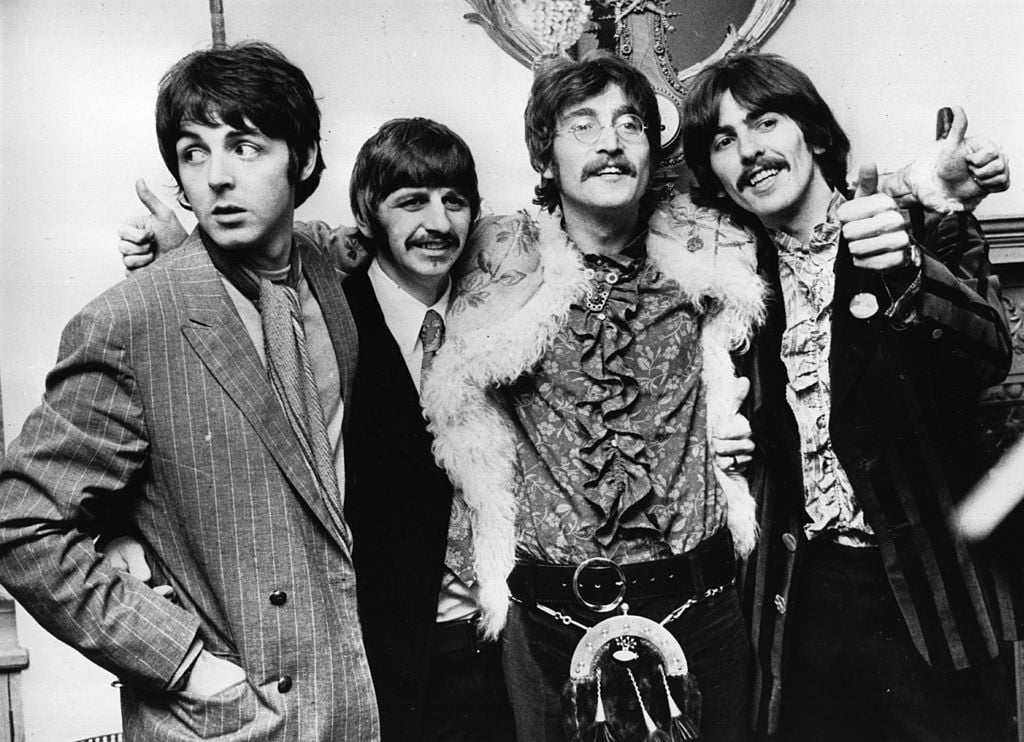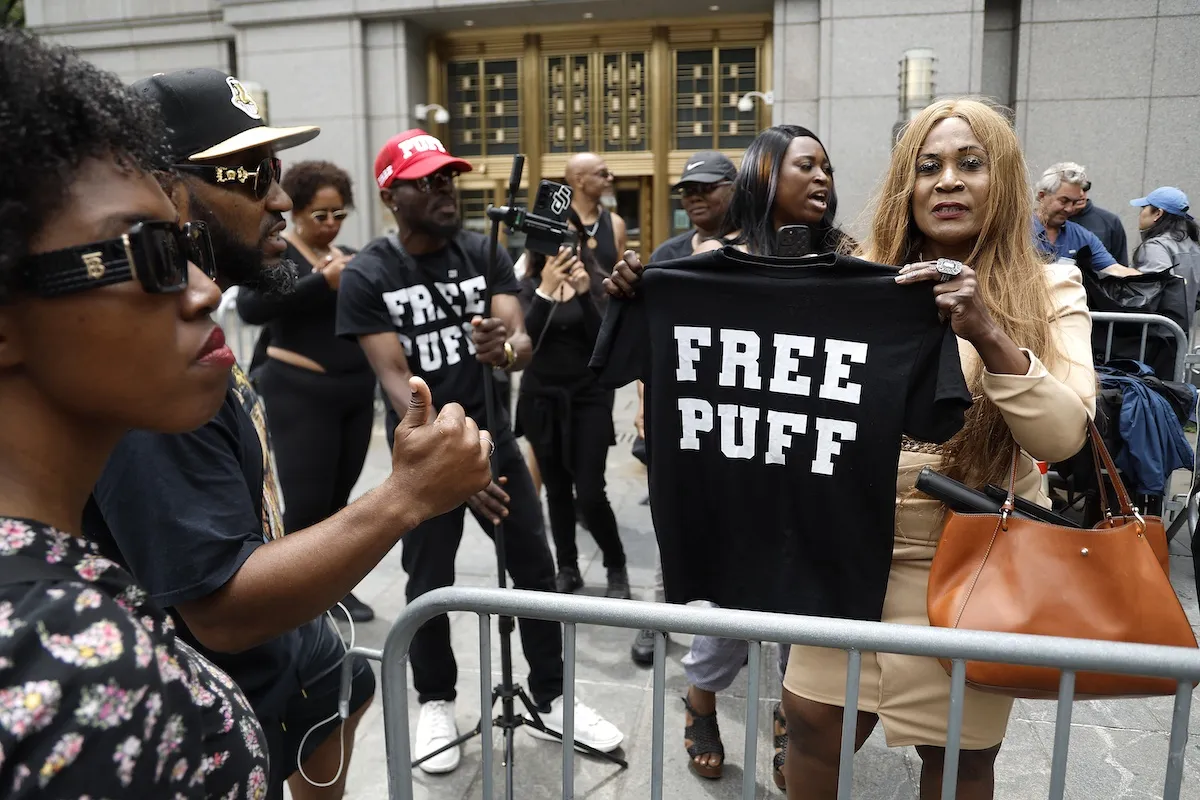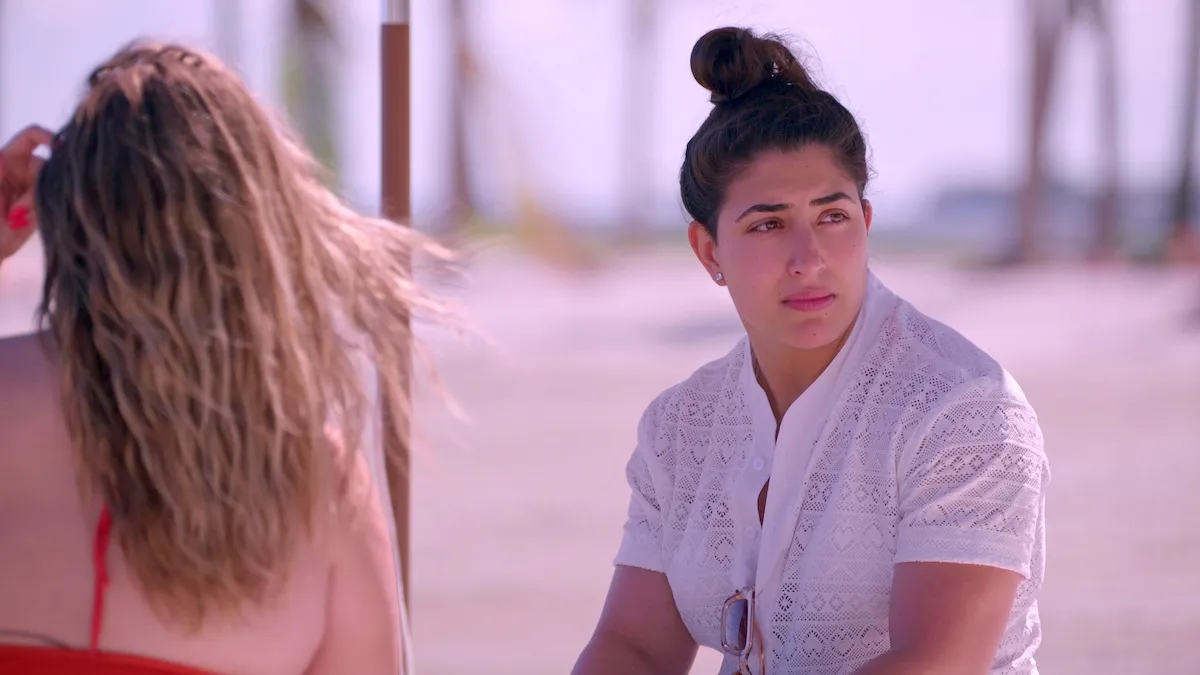Beatles: How the Horror Classic ‘Psycho’ Inspired ‘Eleanor Rigby’
The Beatles took inspiration from all sorts of places. They often took inspiration from their contemporaries. The Fab Four’s hit “Eleanor Rigby” was influenced by, of all things, a horror movie.
The Beatles, one of the greatest rock bands of all time, took inspiration from one of the greatest directors of all time: Alfred Hitchcock. Specifically, Hitchcock’s uber-classic Psycho inspired the sound of “Eleanor Rigby.” The score to Psycho convinced Paul McCartney that string sections could be “edgy” and helped him create one of his masterpieces.

What makes the score from ‘Psycho’ so important
First, a little background. The violin is an instrument known for creating a warm, lush sound. It’s not an instrument associated with horror movies.
Despite this, Bernard Herrmann went against the grain when he wrote the score for Alfred Hitchcock’s Psycho. He made the violin sound violent and terrifying. Most famously, the strings from Psycho sound piercing in the shower scene from Psycho. They almost sound less like instrumentation and more like shrieking. The eerie sound of the violins from Psycho paved the way for the soundtracks from other acclaimed movies like Carrie, Re-Animator, and Requiem for a Dream.
The Psycho soundtrack also paved the way for “Eleanor Rigby.” The violins from that song do not sound terrifying like the violins from the Psycho score. However, the “edginess” of Hermann’s violins made Paul McCartney feel he could incorporate the violin into “Eleanor Rigby.”
The story behind those ‘Eleanor Rigby’ strings
Paul initially dismissed classical music as a genre. However, he felt “Eleanor Rigby” needed some atypical strings. George Martin, the Beatles’ producer, recalled “He [Paul] came to me with ‘Eleanor Rigby,’ which cried out for strings.” Martin said the strings shouldn’t be “the smooth, legato stuff of ‘Yesterday,’ but something very biting…[and] very edgy.” Paul introduced him to the score for Psycho in order to give Martin an idea of what he wanted for the track.
Martin took inspiration from the Psycho score. He also claimed he was inspired by Herrmann’s score for François Truffaut’s film adaptation of Farenheit 451. He noticed how both scores combined strings with electronic instruments. Martin wanted to make sure the strings from “Eleanor Rigby” had a “tight rhythm” even though strings aren’t generally known for tight rhythms.
Studio engineer Geoff Emerick put the microphone very close to the session musicians who performed on the track. The session musicians were quite irritated by this choice. They initially refused to play with the microphone stationed so close to them. However, they capitulated at Martin’s instruction.
The choice to place the microphone so close to these musicians gave “Eleanor Rigby”’s string a “biting sound,” in Emerick’s words. The song’s sound helped to covey the desperate loneliness of its lyrics. The resulting instrumentation was a bit Psycho, very Martin, and very Beatles.
Also see: Why the Beatles Got Called Out at the Rock & Roll Hall of Fame


